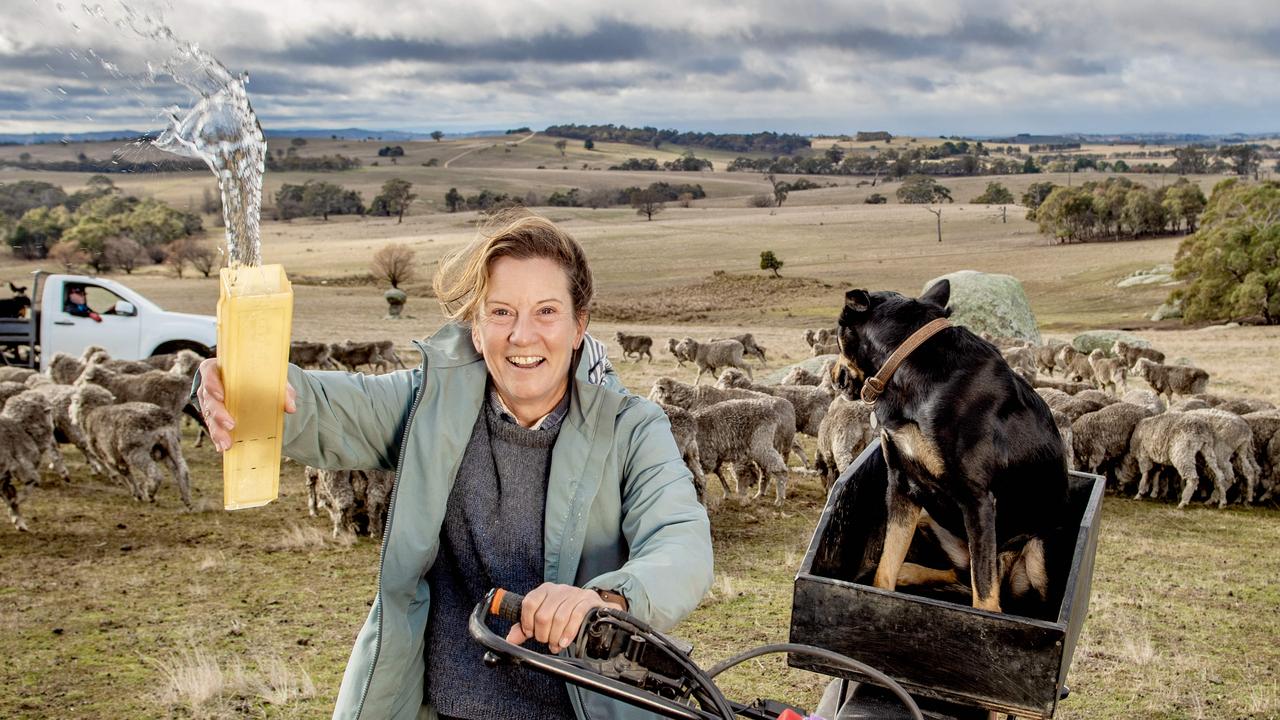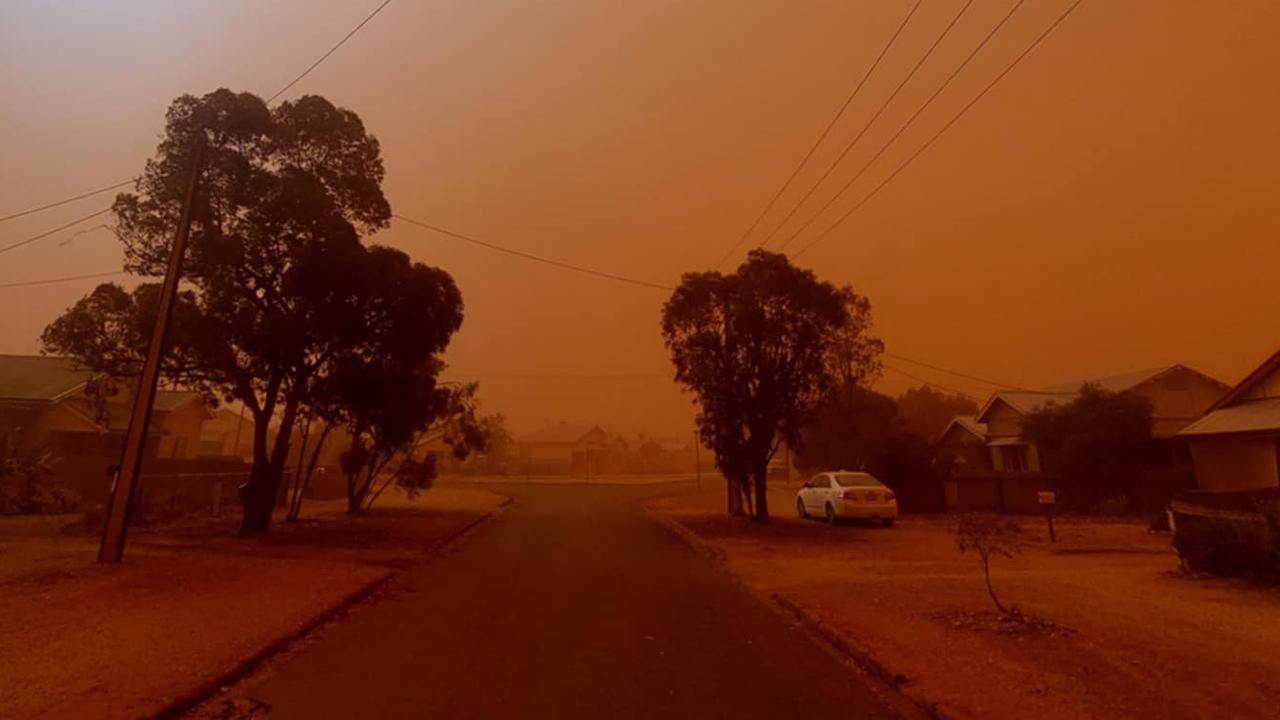Victorian, South Australian and southern NSW farmers welcome much-needed rain
Widespread rain has brought welcome relief to southeastern Australia, with falls of up to 90mm measured in Victoria’s drought-stricken Western District.
Widespread rain has brought welcome relief to southeastern Australia, with falls of up to 90mm measured in Victoria’s drought-stricken Western District.
But farmers warn tough challenges may yet lie ahead, with the rain not nearly enough to officially break the drought and a cold snap forecast over the coming week.
The wintry conditions mean feeding stock could continue until spring, putting further pressure on producers to source fodder.
According to the Bureau of Meteorology, there were some big seven-day totals including:
93mm at Nullawarre; Terang, 85mm; Mortlake, 82mm; Ben Nevis with 63mm; Warrnambool, 73mm and Casterton, 54mm. Figures were lower but equally welcomed further north, with 29mm at Stawell and 24mm at Nhill.
Drought-hit South Australian farmers received 73mm at Ashton, Lobethal had 58.6mm, and Keith, 37.4mm.
Meanwhile in NSW, Albury measured 29mm, Morundah, 18mm, and Deniliquin, 17mm.
The falls have given a much needed confidence boost to the farming industry, with Mecardo analyst Angus Brown expecting a market impact, with producers now able to see an end in sight to feeding with the prospect of feed in spring.
Rain should also stem the flow of stock onto the market, most likely spring-drop calves which had been flooding sales to lighten numbers on feed-strapped properties.
“You would think that the sales will tighten up in terms of offerings, especially young calves but also dairy and beef cows too,” Mr Brown said.
RMA Network chief executive Chris Howie said there was now an incentive to feed stock, even if grass was weeks away.
“It’s probably cheaper to feed stock, even with the cost of hay, than to sell now and try to buy back in spring,” Mr Howie said.
“Northern competition has underpinned prices through the sell off and they are still looking for cattle.”
Graeme McCrow of Westmere in the Western District has measured 53mm of rain in the past seven days but said he was still locked into feeding sheep until at least the end of August.
He said the rain was welcome and it would help to germinate late-sown crops, but conditions were getting cold with four frosts in a row a couple of weeks ago.
“We haven’t had decent rain here since Anzac Day when we had 25mm,” he said.
“There has not been much grass growth and crops are patchy. Some are up and others are not,” he said.
South Australian cattle producer Lachy Day from Bordertown measured 25mm at the weekend, which followed 20mm in late May, and said prospects were promising.
“The rain has come two weeks earlier than last year, and our stocking rate is 25 per cent lower than last year, so we should be well placed now,” Mr Day said.
“You can already see it starting to green up.”
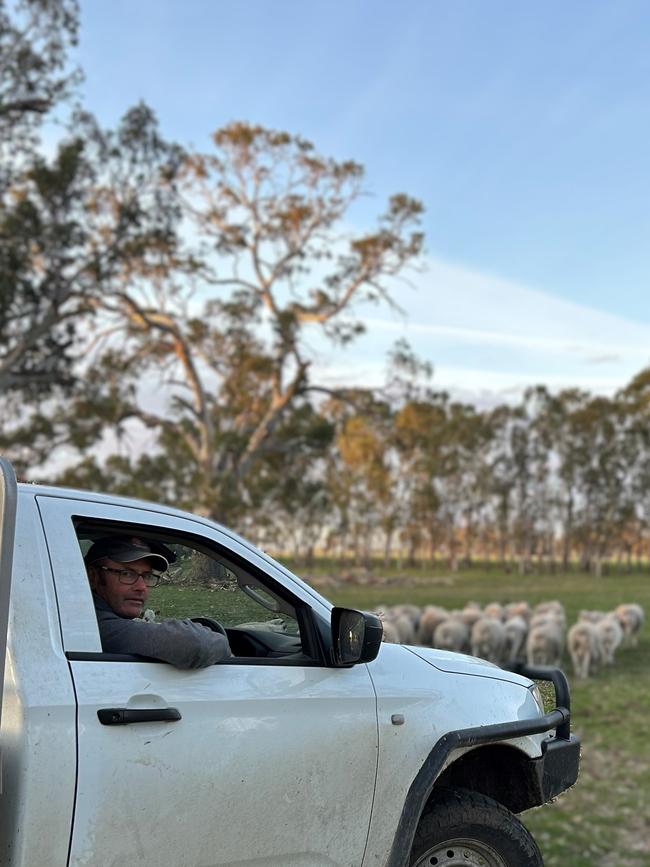
Mr Day said he had enough hay to last until mid July. He hoped some rain this month should see him have enough feed by then.
“We have had a lot of cattle away at Nyngan (NSW) which has helped, but it’s been pretty ordinary, but we will have feed and it’s such a relief,” he said.
“If we can avoid frosts for a week or so, it will help too, but we are still feeding.”
Rutherglen farmer Andrew Russell said 25mm of rain in the past few days was a great boost from the 15mm that fell about a week ago.
“Most of it seems to have gone into the (soil) profile, and it was lovely rain that was slow and steady,” he said.
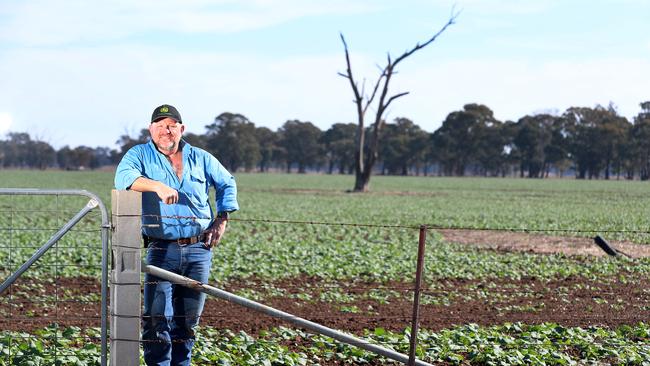
“We are feeling grateful and humble, and I’m so glad this rain has been widespread, and places like the Western Districts have received some too.”
Mr Russell said frosts were now a concern, and although there had been late-season rain, growth wasn’t expected to be rapid.
Birchip cropper John Ferrier said the 10mm to 15mm over the weekend would hopefully help to germinate crops.
“It is extremely welcome, and we are looking for follow-up rain, but we are also mindful of frosts coming,” he said.
“We have crops that have come up on the lighter soil types, but those on the heavier soil types have been struggling.”
Southern NSW farmer Rob Gollasch said 12mm of rain had fallen at his place since Friday, which “wasn’t a lot but was helpful”.
Mr Gollasch said there were still concerns with some of the earlier sown crops showing patchy germination.
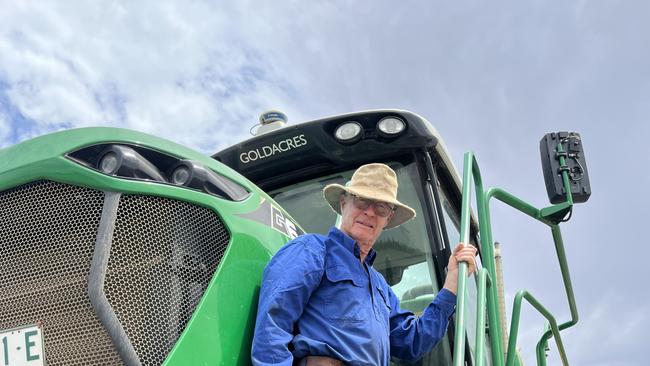
“We also have a few frosts coming through, especially next weekend,” he said.
But in Gippsland, falls have been mixed, with seven day totals including Yarram with 17mm, Sale 20 mm and Bairnsdale airport 21mm.
Woodside cattle producer Ash Walpole said he’d received 13mm over the weekend, and while he’d measured 17mm a week ago, it had not created a lot of feed nor germinated some crops.
“Normally we would be putting cattle on grazing crops and there’s really no chance of that happening,” Mr Walpole said.
“I can’t remember a worse autumn – we are feeding 150 rolls of hay at the moment to our cattle.”
Mr Walpole said it was the poor spring last year that had made this autumn tough.
“We normally have dry feed until April and this year, it had cut out in February and we have been feeding our cattle since then,” he said.
“If it rains through winter and spring, we will be back in business but the ground is as dry as a chip now and the rain we got a week ago is gone really because it was so windy after it fell.”



